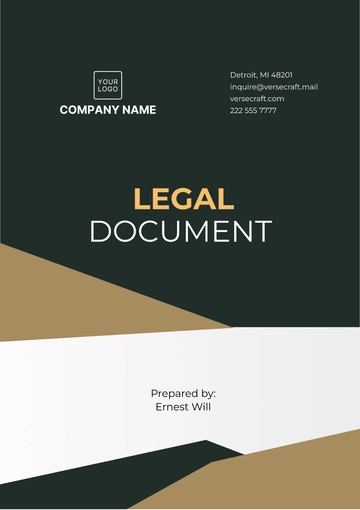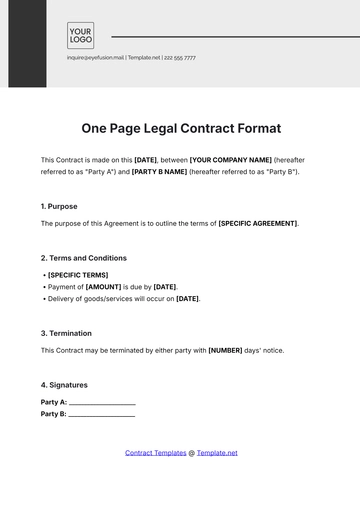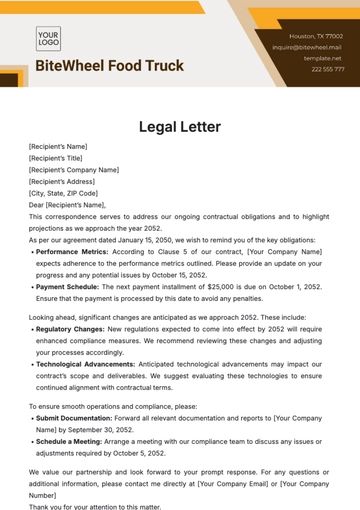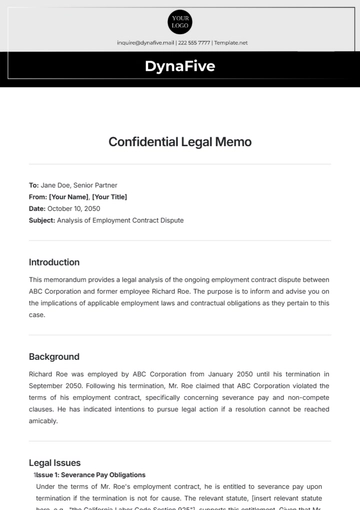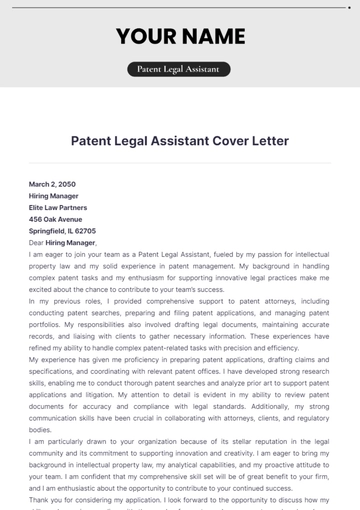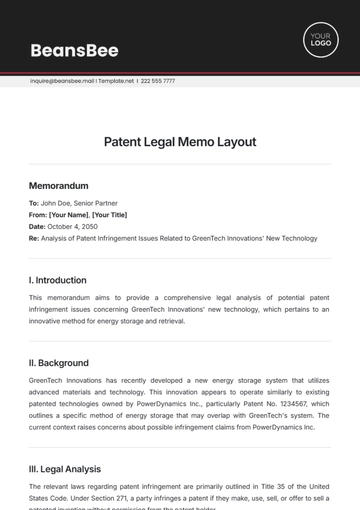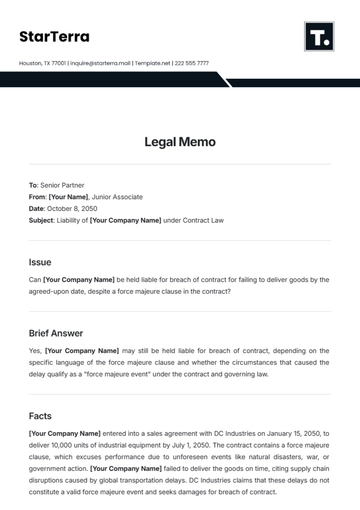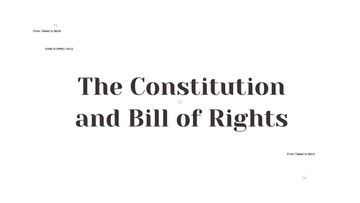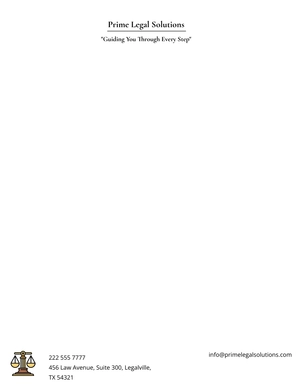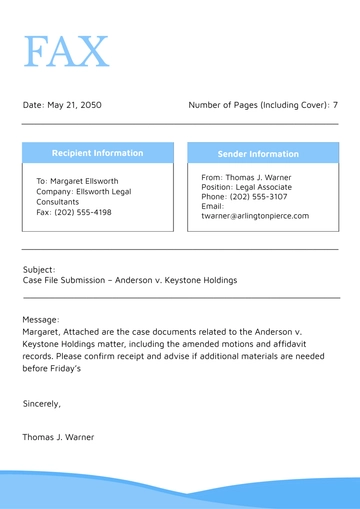Free Legal Case Study
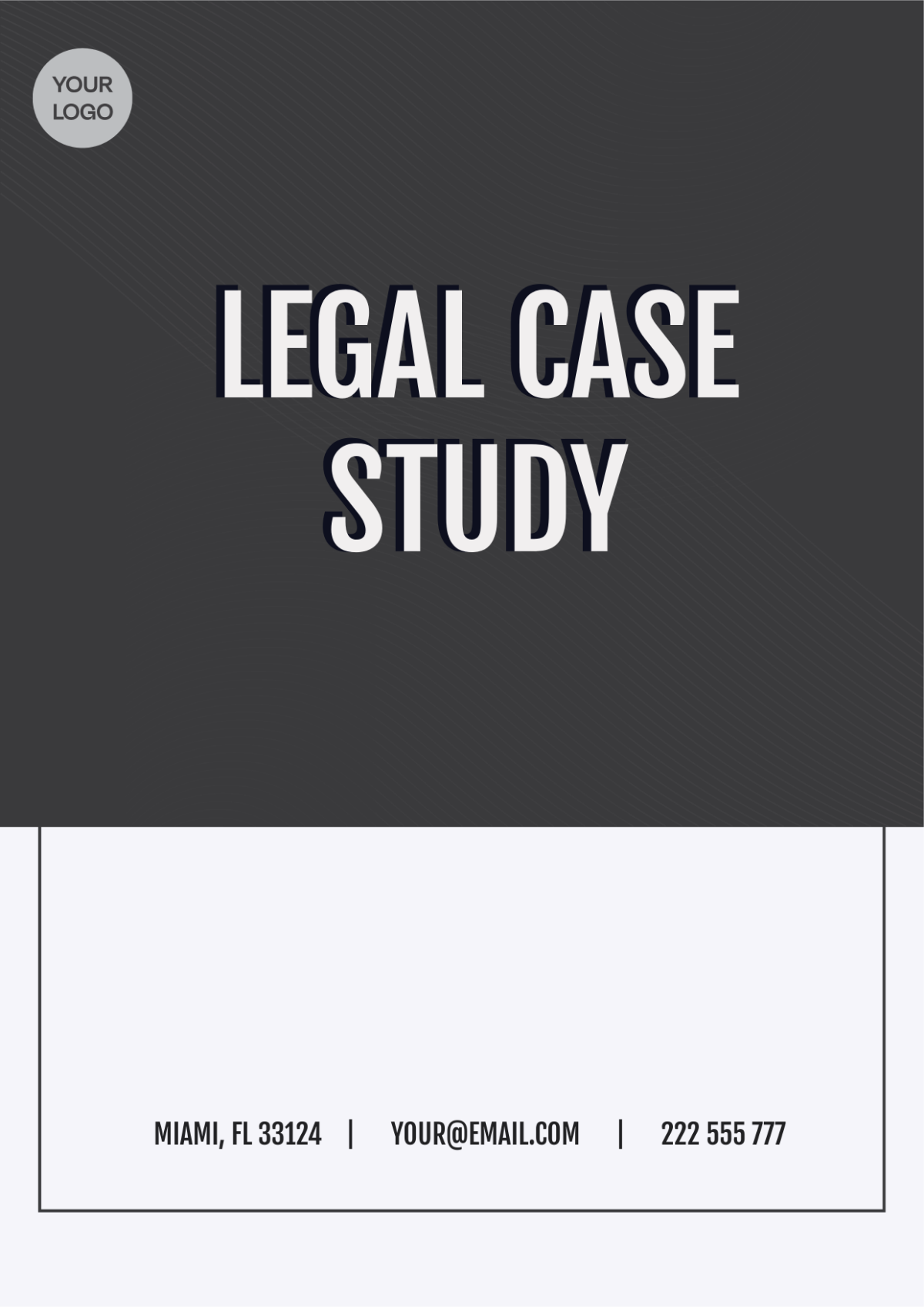
I. Executive Summary
The Executive Summary provides a brief overview of the case study, highlighting the key points, findings, and recommendations.
At [Your Company Name], [Your Name] assessed the impact of [specific law or regulation] on [specific community or industry], identifying [specific outcomes] and revealing [statistics/data]. Recommended changes target [specific areas] to improve [outcomes], intending to support legislative reform by spotlighting these sector or communal issues.
II. Introduction
The Introduction sets the context for the case study, outlining the purpose, scope, and methodology.
[Your Name] partnered with [Your Department] at [Your Company Name] to study the impact of [specific law or regulation] on [specific community or industry] and suggest potential reforms, using both interviews and data analysis methods.
III. Objectives
Analyze the impact of [specific law or regulation] on [specific community or industry] through a mixed-method approach, combining qualitative interviews and quantitative data analysis.
Identify key challenges and disparities faced by stakeholders in complying with the policy, including unintended consequences and barriers to implementation.
Propose actionable recommendations for legislative reform and community engagement initiatives to address shortcomings and improve outcomes for [specific community or industry].
IV. Background and Context
The Background and Context section provides relevant information on the law or regulation under examination and the affected community or industry.
Law or Regulation Background: The [specific law or regulation] was enacted in [year] with the objective of [purpose]. It aimed to address [issue] by implementing [measures].
Community or Industry Profile: [Specific community or industry] is characterized by [demographics] and [socio-economic factors]. It plays a crucial role in [sector/economy].
Previous Studies: Previous research on [related topic] has highlighted [key findings], emphasizing the need for further analysis in this case study.
V. Methodology
The Methodology section outlines the research approach, data collection methods, and analysis techniques used in the case study.
Research Design:
Rationale:
A mixed-method approach was chosen to provide a comprehensive understanding of the policy's impact, combining qualitative insights with quantitative data.
Sampling Strategy:
Participants were selected through [method] to ensure representation from diverse stakeholders, including [specific groups].
Data Collection Instruments:
Semi-structured interviews and surveys were conducted to gather qualitative and quantitative data on [specific aspects].
Data Collection:
Data Collection Methods:
Interviews were conducted with [number] stakeholders, including [list of stakeholders], to capture their perspectives on the policy's impact.
Sample Size:
A total of [number] respondents participated in the survey, representing [percentage] of the target population.
Challenges:
Challenges encountered during data collection included [issues], which were addressed through [methods].
Data Analysis:
Coding:
Qualitative data from interviews were coded using thematic analysis to identify recurring themes and patterns.
Statistical Analysis:
Quantitative data were analyzed using [specific statistical methods] to assess the significance of findings.
Software Used:
Data analysis was conducted using [software/tools] to facilitate efficient processing and interpretation of results.
VI. Findings
The Findings section presents the results of the analysis, organized according to key themes or categories.
Impact on [Specific Community or Industry]:
The implementation of [specific law or regulation] has had significant implications for [specific community or industry], including [positive/negative outcomes].
Statistical data indicate a [percentage] increase/decrease in [metric], reflecting the policy's impact on [specific aspect].
Challenges and Barriers:
Stakeholders identified several challenges in complying with the policy, including [challenges].
Unintended consequences of the policy include [negative outcomes], which have exacerbated existing challenges faced by [specific group].
VII. Recommendations
The Recommendations section offers actionable suggestions for policymakers and stakeholders based on the study findings.
Policy Reform:
Propose amendments to [specific aspects] of the existing law or regulation to address identified shortcomings and improve outcomes for [specific community or industry].
Consideration should be given to [potential challenges] and [feasibility] of proposed reforms to ensure effective implementation.
Community Engagement:
Advocate for the establishment of [specific initiatives] to facilitate greater engagement of stakeholders in the policymaking process.
Encourage collaboration between policymakers, advocacy groups, and community representatives to ensure inclusivity and transparency in decision-making processes.
VIII. Conclusion
The Conclusion summarizes the key findings, implications, and future directions for research or action.
[Your Name] concludes that the findings of this case study underscore the importance of proactive policy advocacy and community engagement in addressing the challenges faced by [specific community or industry]. Moving forward, it is essential to prioritize [specific actions] to address the identified issues effectively.
IX. References
The References section lists all sources cited in the case study, following a consistent citation style (e.g., APA, MLA).
[Include citations for all literature, data sources, interviews, etc., referenced throughout the document.]
Prepared By:
[Your Name]
[Your Company Name]
[Date]
- 100% Customizable, free editor
- Access 1 Million+ Templates, photo’s & graphics
- Download or share as a template
- Click and replace photos, graphics, text, backgrounds
- Resize, crop, AI write & more
- Access advanced editor
Present legal precedents and victories with Template.net's Legal Case Study Template. Tailored for lawyers and legal professionals, this editable and customizable template offers a structured format for your case studies. Utilize our Ai Editor Tool to refine your content effortlessly, ensuring your legal case studies convey expertise and credibility effectively.
